For home buyers interested in conducting their own home inspection, here's a list of larger items to look out for while viewing houses. This is a cursory overview of some of the larger problems that are frequently identified during home inspections. Of course, this is no substitute for a professional home inspection, but it's a great start.
Roof Problems
While many roof problems can only be identified by actually walking the roof or leaning a ladder up against the eaves, some defects can be easily seen from the ground. Be sure to view all sides of the roof. In older neighborhoods with tall houses that are close to each other, it may be necessary to walk a fair distance down an alley to get a good look at the roof.
Look for any irregularities with the roof: shingles that look curled from the ground indicate an old roof. This type of curling almost always happens on the south side first, so pay special attention to that side. The photos below show examples of some particularly nasty roofs.
Look out for cracks in shingles as well. These typically won't be visible on second story roofs, but it's sometimes possible to spot these on single-story roofs.
Mis-matched or patched shingles, missing shingles, and shingles sliding out of place typically indicates an improper installation. The photo below shows a horrible patch job. A 'new' roof doesn't mean a 'good' roof.
Always look for loose shingles in valleys.
A large section of the roof below had been patched. Why was the roof patched to begin with? A patched roof is often the result of an improper installation that has led to shingles coming loose.
Shingles without neat rows may have been installed that way, but it may also mean that shingles are beginning to slide down. Closer inspection of this roof revealed that the shingles were improperly nailed, causing the shingles to slide down.
Here's a more extreme example of sliding shingles.
Don't forget to view all sides of the roof. This next roof was too high to be safely inspected with a 28' extension ladder, but a walk down the alley revealed considerable, obvious damage.
Chimney Problems
Chimney repairs can be another large expense. When buying an older house with a masonry chimney, take a close look at it. Missing mortar between the bricks typically won't be a major repair, but missing bricks and large cracks in the walls can sometimes mean the upper portion of the chimney needs to be re-built.
As with roofs, be sure to look at every side of every chimney. The chimney shown below had been redone to look good from the street, but didn't look so great from the back yard.
Problems with the chimney flashing, crown, and interior flues are difficult to identify from the ground.
Siding
Hardboard siding begins to swell and then literally fall apart when it rots. Deteriorated hardboard siding is usually quite easy for anyone to spot. Check the north sides, areas not protected by soffits (overhangs), and the areas closest to the ground first; these will be the first areas to rot. If unsure about an area, push on it with your finger, but not too hard. When hardboard siding is badly rotted, it gets mushy.
Defects with newer stucco siding are difficult to identify from the exterior, but stains below windows are an obvious warning sign that there may be hidden damage.
Problems with others types of siding usually aren't as easy to spot without a trained eye.
Windows
Rotted wood windows that have been patched may look fine from a distance, but it's usually easy to spot damaged areas when up close. Give the windows a little poke with your finger when rot is suspected. Sometimes the patchwork will be paper-thin, so don't poke too hard.
Aluminum clad wood windows can completely rot apart on the inside, yet leave no visible evidence at the exterior. These windows can be pushed on or squeezed to help determine if there is internal rotting. The windows that will rot first are the ones that aren't protected by soffits (overhangs).
In the photo below, we pulled some of the cladding back to show severely rotted wood inside the sash.
Cranking windows open and looking at them from underneath can sometimes reveal water damage.
Decks
Always take a look underneath decks. Sometimes decks will have a fresh coat of paint that conceals severe rotting, which may be quite visible from below.
Also, take a step back from the deck and look for sagging, which may indicate a structural problem with the construction of the deck. The deck shown below had a very noticeable sag in the middle which wasn't obvious from up close.
Click this link for more info on deck inspections.
Water Management
This one is huge. Make sure water is properly directed away from the house. Look for proper gutters, downspouts, and downspout extensions. They're not required, but they certainly help. Also, check to make sure the earth slopes away from the house. Water draining toward a house can lead to big water problems in the basement or crawl space, as well as foundation problems.
Look at roof lines as well; if water gets concentrated against the house, the potential for water intrusion goes up. The photo below shows a good example of several roof surfaces concentrating water in to a small area right up against the house.
Foundation Problems
Look for cracks in the foundation walls. Generally speaking, cracks larger than 1/4" in concrete block walls and cracks larger than 1/8" in poured concrete walls are reason for concern.
Cracks that are large enough to put your hand through shouldn't be cause for concern. They're cause for repair.
Cracks that have been patched and have opened up again are reason for concern, as they typically indicate ongoing movement. Horizontal cracks are more concerning than vertical cracks.
Offsets in the foundation walls are cause for concern as well. The house shown below ended up being demolished.
Wet Finished Basements
It's usually quite easy to figure out if a finished basement has moisture problems if you're willing to do just a little bit of digging. Walk around the exterior of the home first, and look for any areas without good water management; for the most part, this means negative grade and missing downspout extensions. When downspouts discharge next to the house, there's a good chance that there will be a water intrusion issue at about the same place inside the basement.
Basement water intrusion staining always starts at the base of the foundation walls. Pay special attention to inside corners for signs of water intrusion. Loose for stains at the baseboard trim, and stained or patched wall areas. Look behind furniture, and look underneath carpet if possible.
The photos below shows stained wood paneling and black, wet carpet tack strips in the same place.
The photos below, from the same house, show black staining (mold?) at the drywall in one of the inside corners, as well as staining at the baseboard trim.
If there are in-floor ducts, try to look inside the ducts at every floor register. If water has entered this ductwork, it's a serious problem.
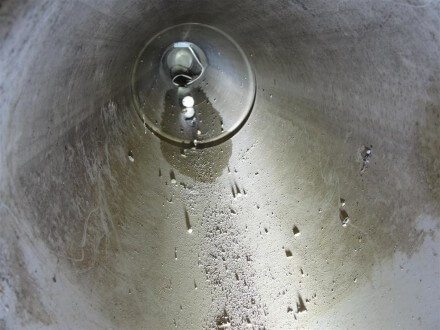
Plumbing - Galvanized Steel Pipes
Galvanized steel water pipes were used on older houses up until about 1950. The problem with galvanized pipes is that they rust on the inside, making the pipe diameter smaller and smaller over time. This leads to less and less water flow at the plumbing fixtures. Galvanized pipes are also more prone to leakage, typically at the joints.
To test water flow at older houses, turn on the laundry sink faucet all the way and then check water flow at the other plumbing fixtures throughout the house. On houses with galvanized pipes, we'll frequently find no water flow at the second floor plumbing fixtures when performing this test. Once it gets to that point, it's time to think about new pipes.
The photo below shows a first floor kitchen sink faucet turned on all the way; if you look carefully, you can see a few water droplets in the air. The repair for this condition is to have a plumber replace the old galvanized steel pipes.
The pipe coming from the street to the house is called the supply pipe; when this pipe is galvanized, there's a good chance that water flow throughout the house will be minimal. The fix for this is expensive; it means digging up the yard and replacing the pipe out to the street.
On older houses, check below the water meter in the basement to verify the supply pipe is something other than galvanized steel. The photo below shows an example of a galvanized water supply pipe.
As with galvanized steel water pipes, galvanized steel drain pipes also rust on the inside. This accumulation of rust reduces the pipe diameter and can lead to clogged drains and leaks.
Galvanized steel plumbing vents also rust out; sometimes they may completely rust through and allow sewer gas in to the home, but the vents are typically concealed.
The eventual fix for this is replacement of the old steel drains and vents with new ABS or PVC pipes. The first drain to get clogged will always be the kitchen sink drain. Run water down the kitchen sink for about ten minutes to make sure it drains properly.
Neglected Furnaces / Boilers
Watch out for excessive rust, debris, and especially black soot or scorching at the furnace or boiler. These typically indicate then need for service or replacement.
Electric Hazards
FPE Stab-Lok electric panels are a latent fire hazard. These panels can be easily identified by a label on the panel that says "Stab-Lok". We always recommend replacement of these panels.
In houses built from 1965-1974, look for aluminum wiring, or more specifically, aluminum branch circuit conductors. These are a larger concern that can involve expensive repairs. It's not always possible to identify aluminum wiring without opening the electric panel, but if aluminum conductors are used with NM cables (aka 'Romex'), it will say "aluminum" right on the cable sheathing. Look for this in the garage or basement.
Fuse panels under 100 amps are typically inadequate for today's houses.
To help determine the size of the electric service, look on the door of the electric panel. Most old fuse panels will either be 60 amp or 100 amp.
Knob & Tube wiring is an obsolete two-wire system typically found in pre-1930's homes, and is easily identified by the porcelain knobs & tubes that are used to hold and protect the wires. When present, knob & tube wires will usually be visible in attics and unfinished basements. The photo below shows an example of exposed knob & tube wiring at the ceiling in a basement.
At best, the remaining knob and tube wiring is in good condition and most of it has been replaced. Be aware, however, that many home insurance companies charge a premium or refuse to insure homes with knob & tube wiring, even if it's still in pristine condition.
At worst, the knob & tube wiring has been exposed to high temperatures for long periods of time, causing the insulation on the wires to fall apart, leaving exposed conductors that create a shock and fire hazard. Examples of hazardous knob & tube wires are shown below. Yes, these wires were live at the time of the inspection.
Interior Stains
Stains at the base of patio doors typically indicates water intrusion and rot. Step on the floor next to patio doors to make sure the wood is solid. The photo below shows major rotting at the floor by the patio door.
Water stains on windows are usually caused by condensation, which isn't a major concern, but stains that are caused by exterior water intrusion are a larger concern. To help determine the difference, click this link on window stains. The photo below comes from that post, showing an example of window staining caused by water leakage from the exterior.
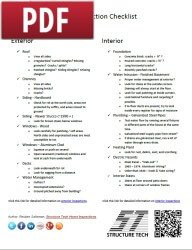 Hopefully these items will give potential home buyers a good starting point.
Hopefully these items will give potential home buyers a good starting point.
To make this post a little bit more portable, here's a one-page Home Inspection Checklist in pdf format that may be helpful.
Please share!
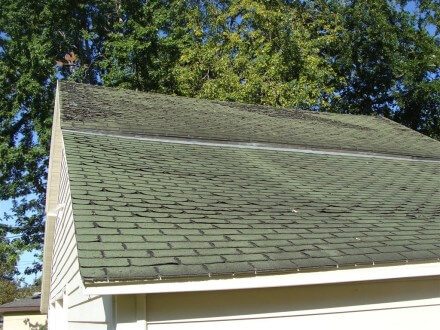
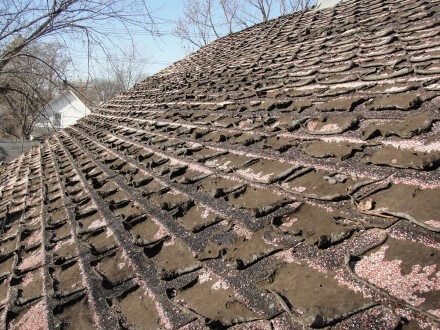
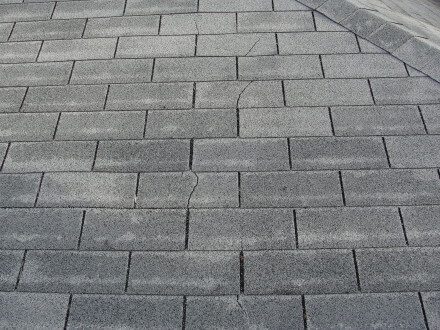
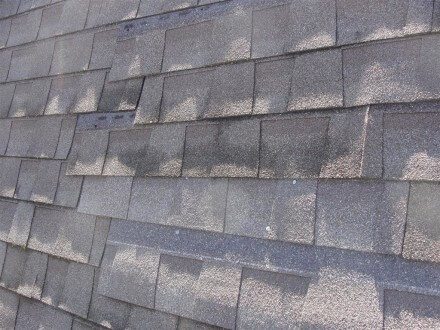
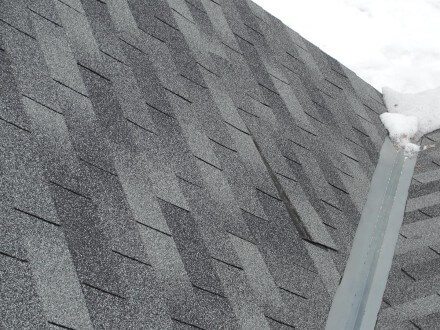
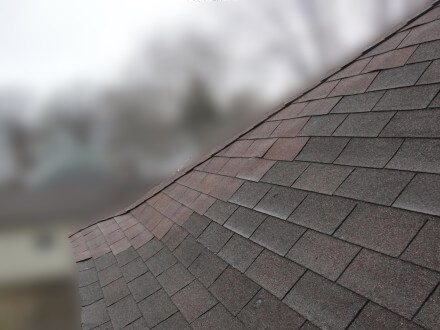
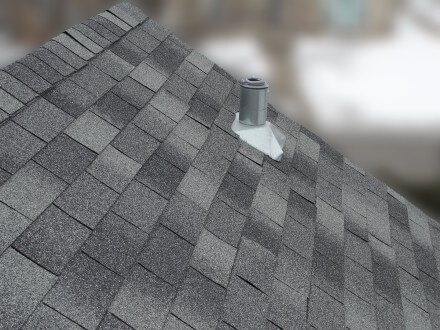
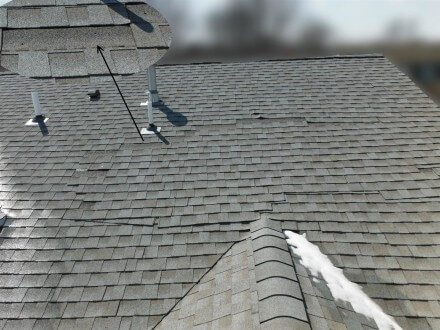
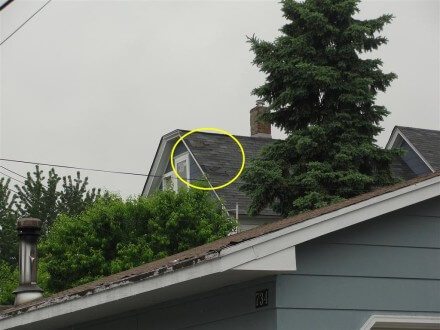
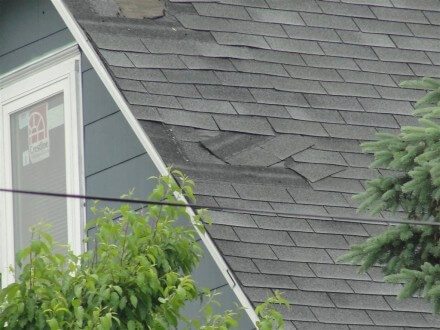
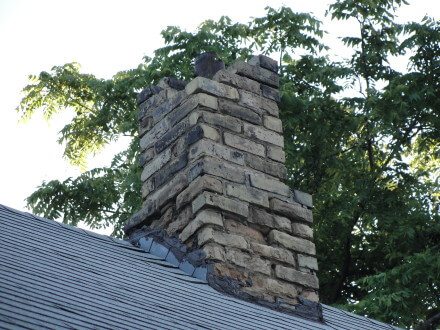
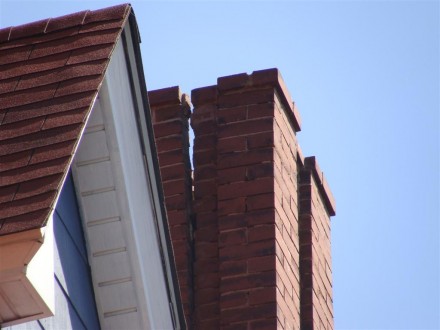
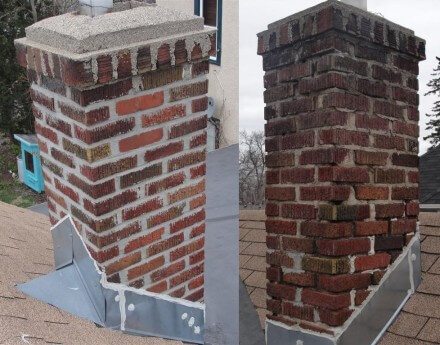
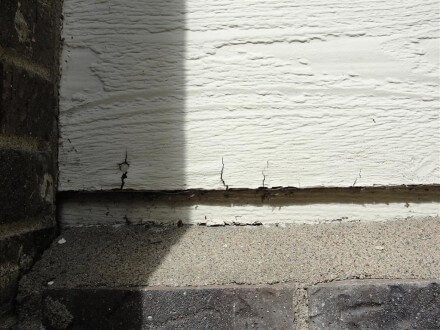
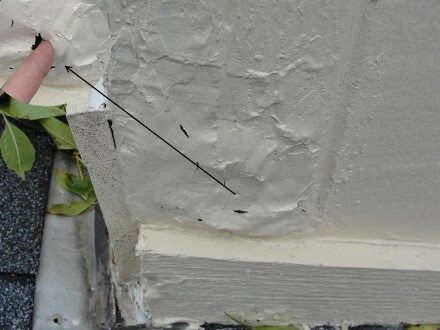
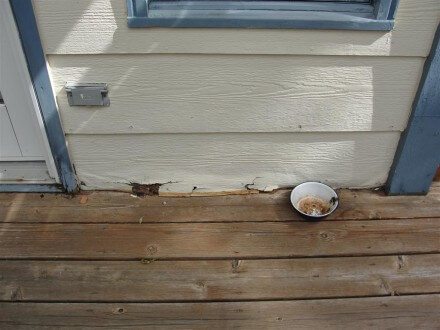
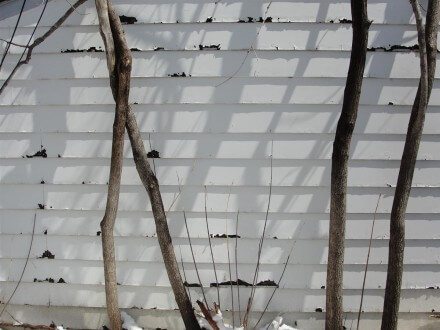
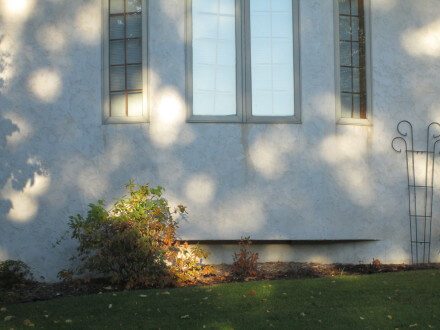
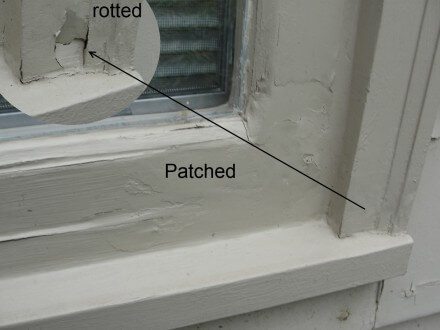
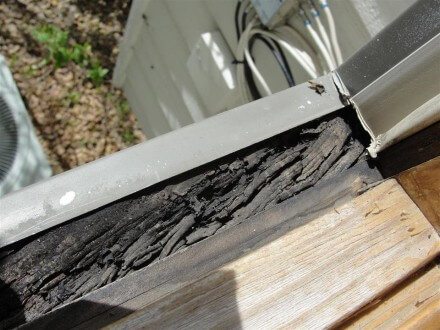
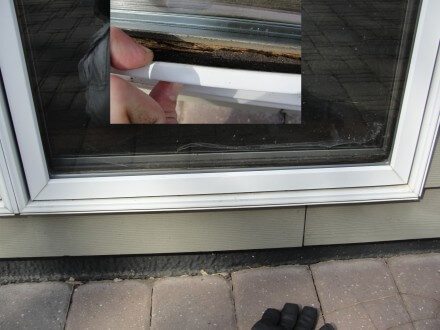
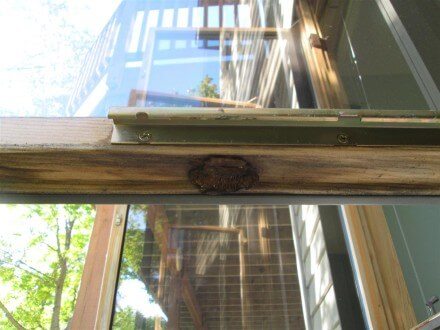
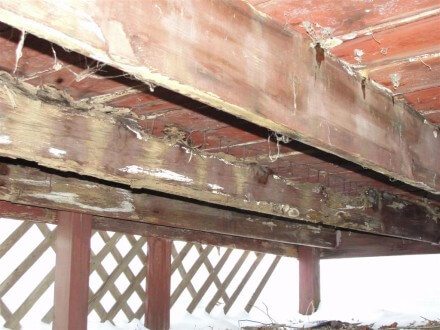
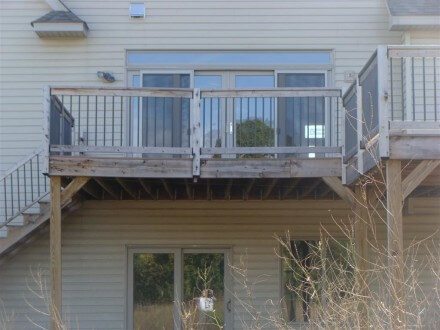
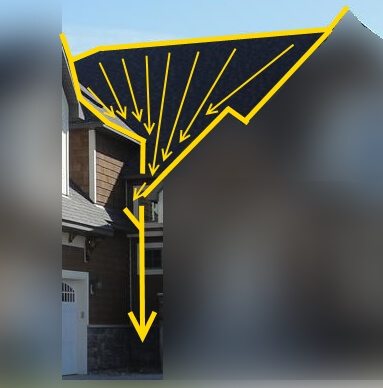
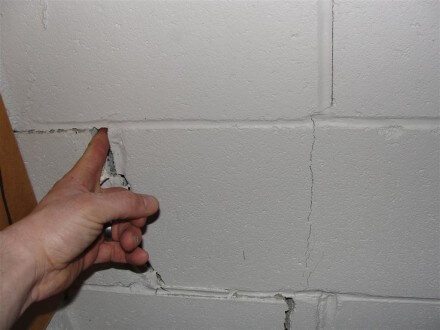
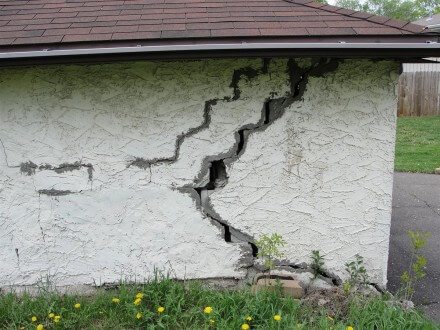
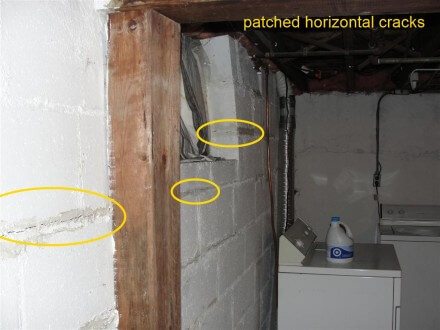
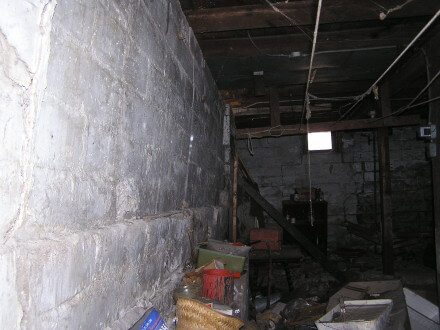
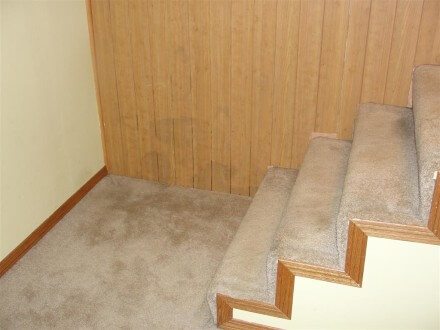
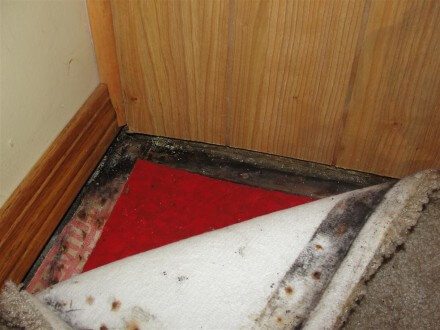
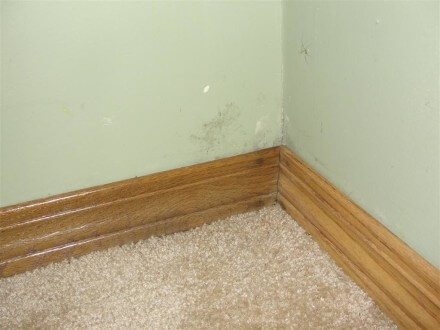
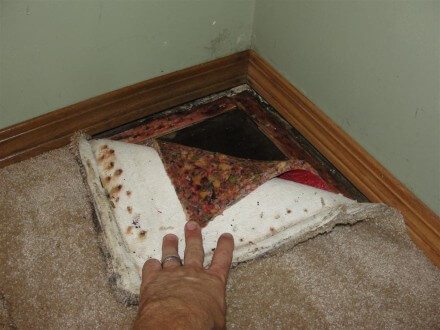
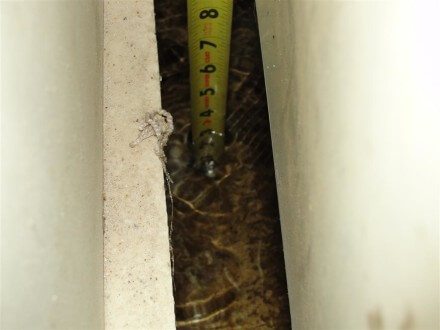
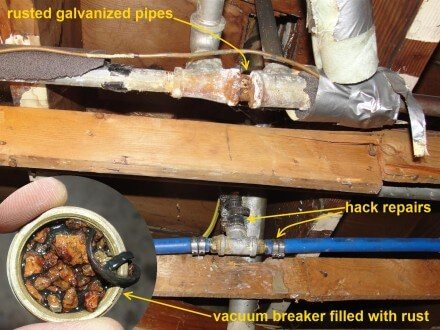
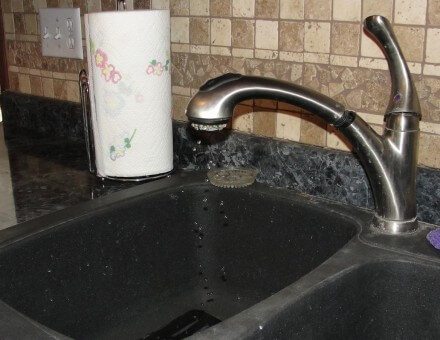
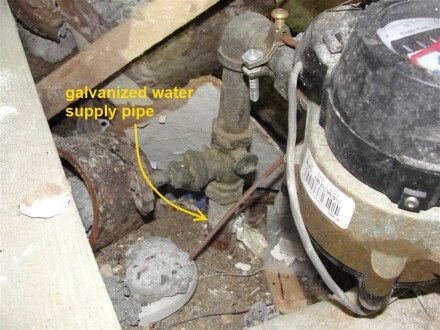
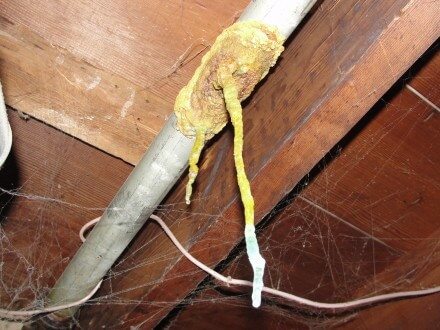
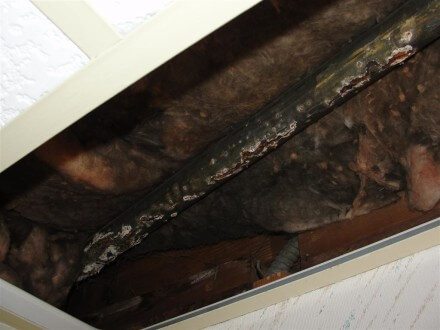
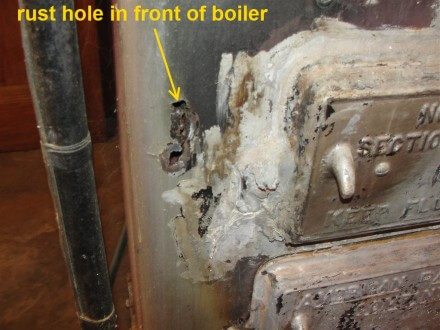
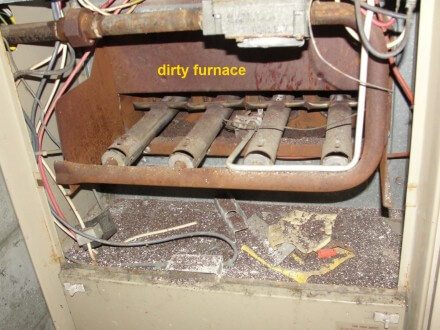
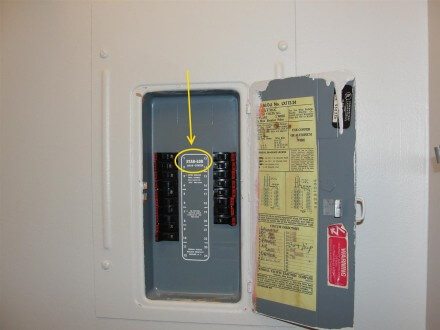
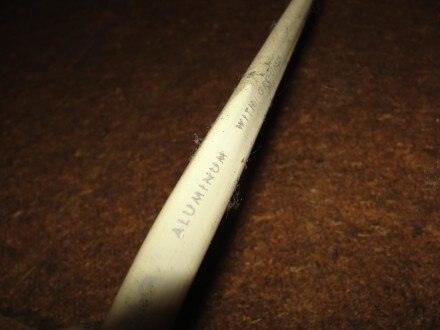
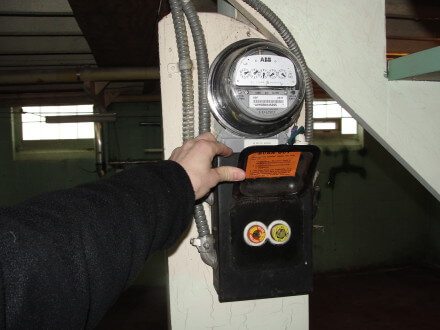
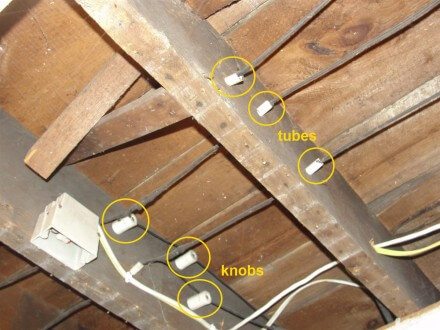
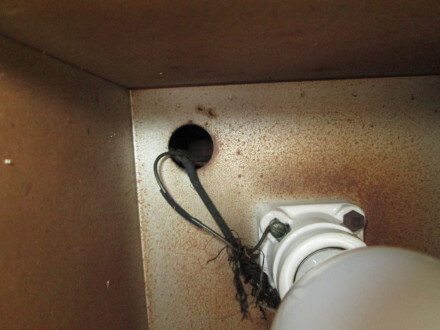
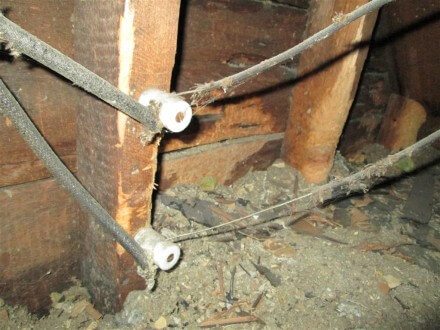
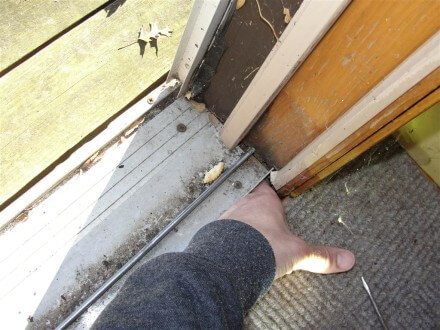
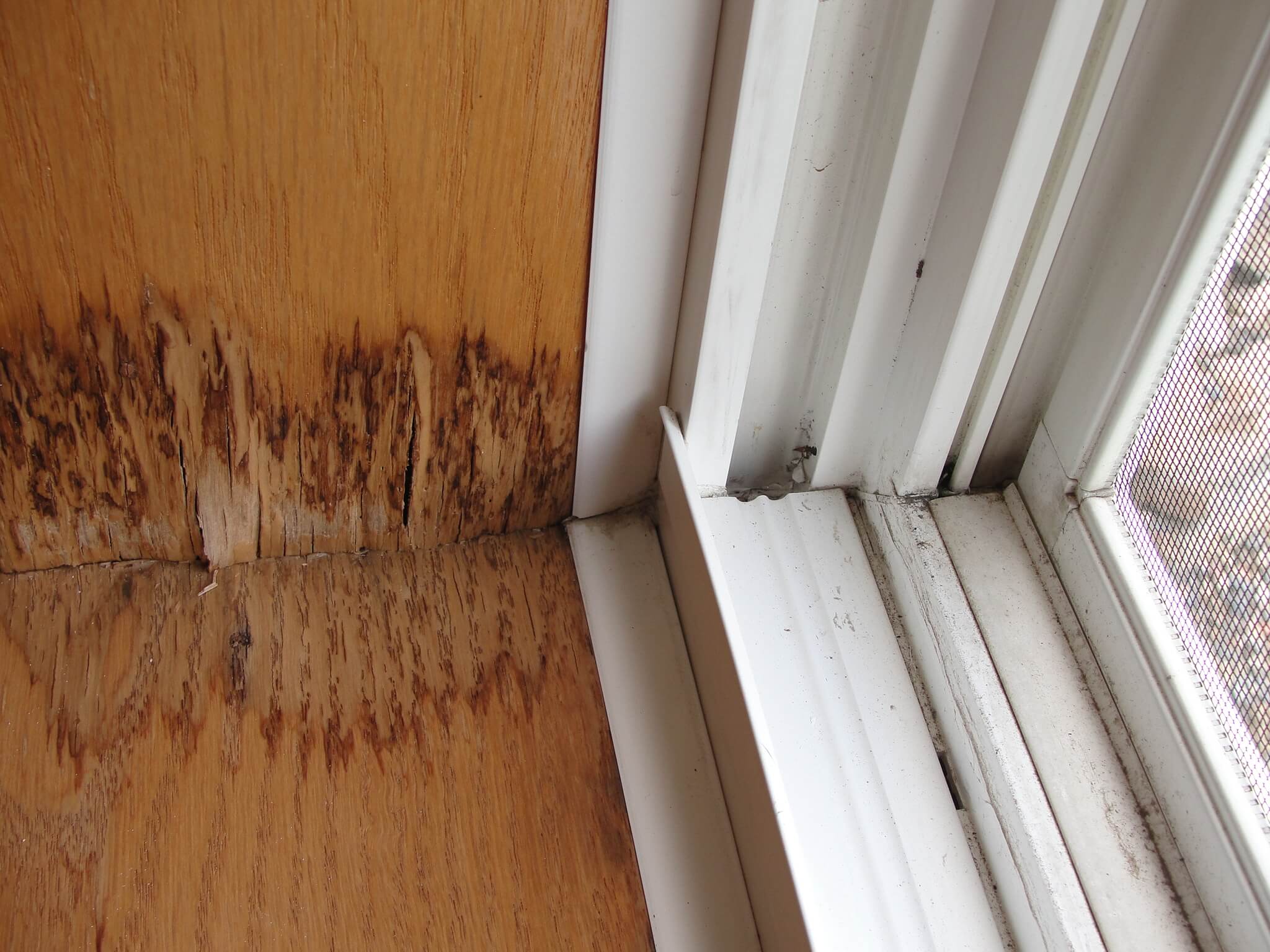

Comments(25)